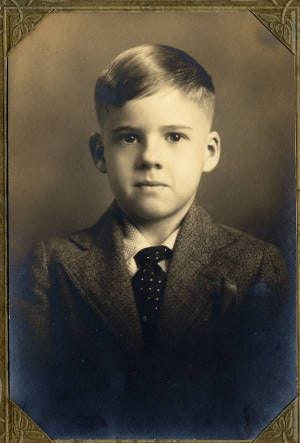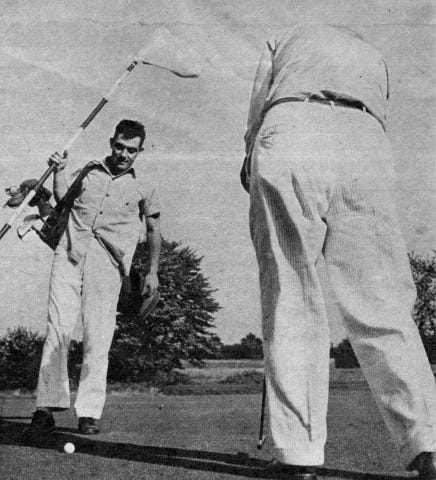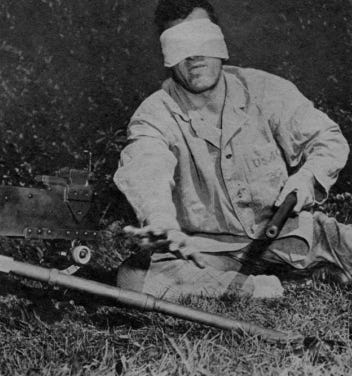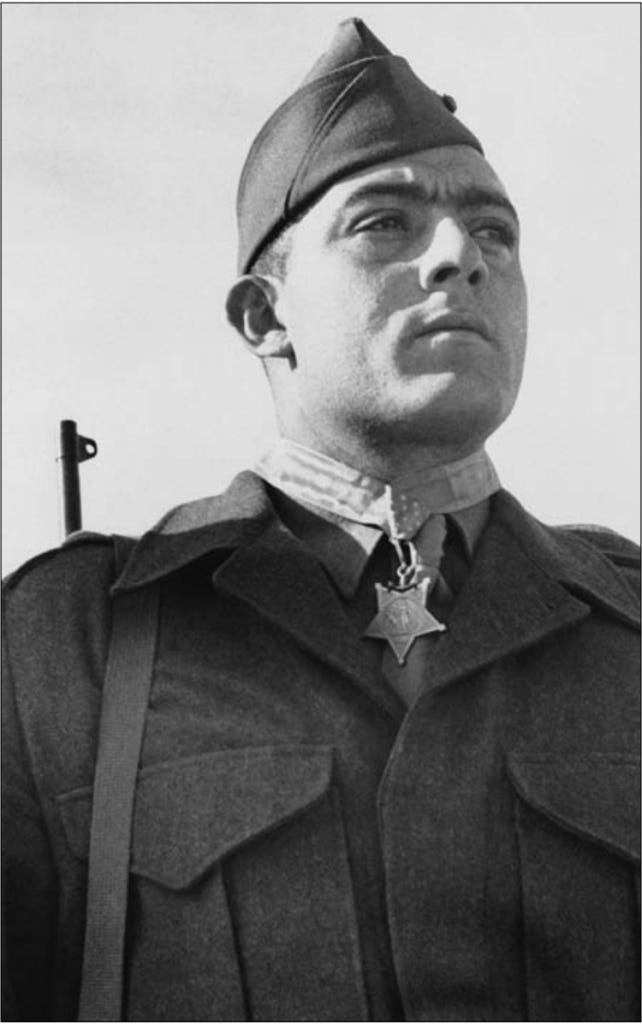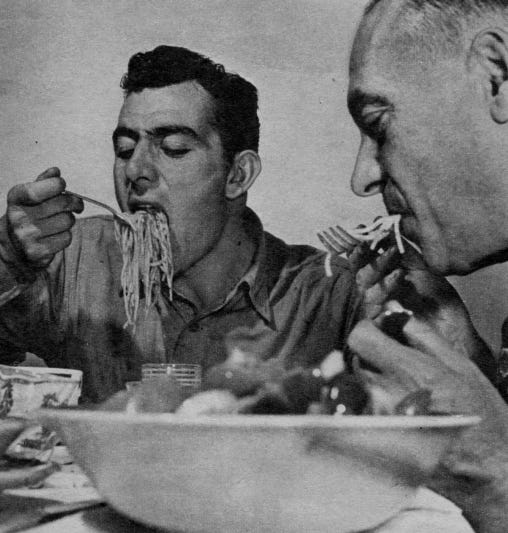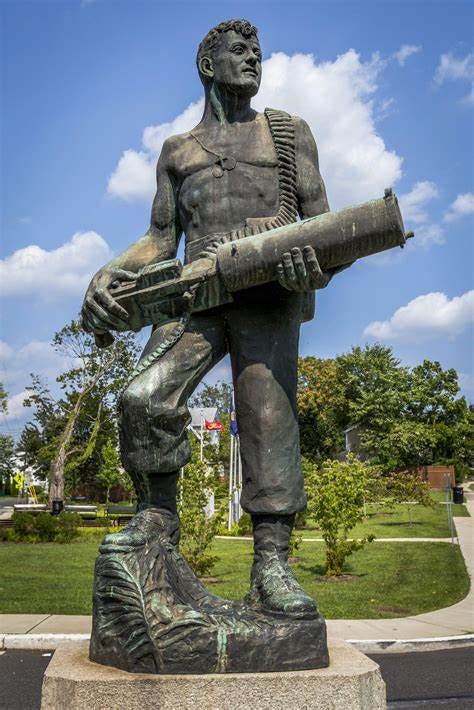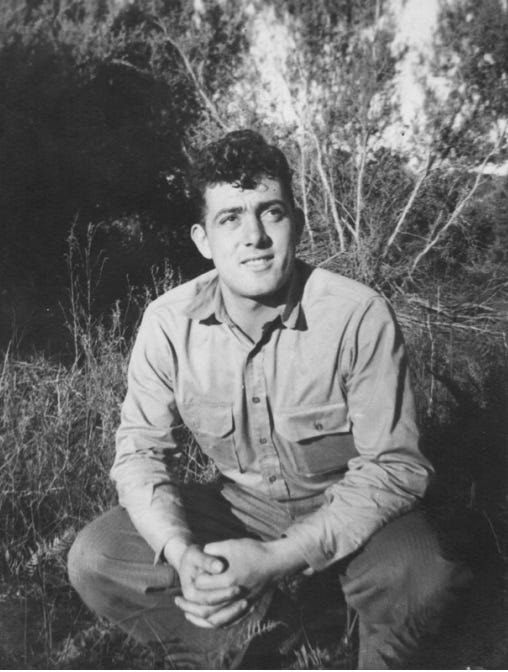John Basilone - A Life In Photographs
This is the extraordinary story of Medal of Honor, Navy Cross and Purple Heart recipient Gunnery Sgt. John Basilone of the U.S. Marine Corps
A Fairy-Tale Cut Short
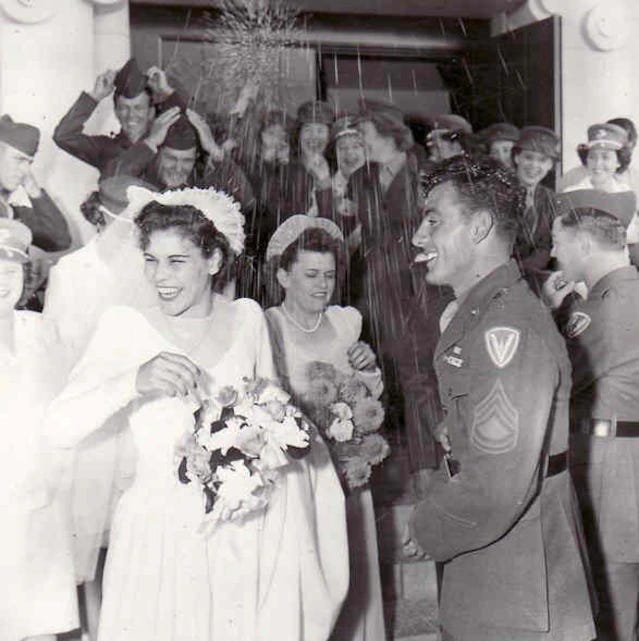
July 10, 1944. California
Newly married couple John and Lena Basilone (nee Riggi) exit the doors of the St Mary’s Star of the Sea in Oceanside and are greeted with rapturous cheers. For the 27 year old John, this happy moment tops off a whirlwind of activity he has had to endure over the last 18 months.
‘Manila John’, as he is known by many, is the hero of Guadalcanal. His brave actions during the 1942 October campaign resulted in U.S. president Roosevelt granting him the nations highest military award, the Medal of Honor.
Since then extensive travel, public speaking and national admiration has been daily life. But not by his own choosing. John reluctantly took on this duty to increase national interest in War-Time Bonds, raising money for the war effort. Recently however, through determined persistence, John’s request to join his fellow Marines in combat back in the Pacific has been granted.
So on this special day and before re-joining the frontline, John takes time-off to enjoy himself with his new wife, Lena, in the company of their doting wedding guests.
Tragically however and unknown to everyone in attendance, John now has less than a year to live.
Early Life and Career
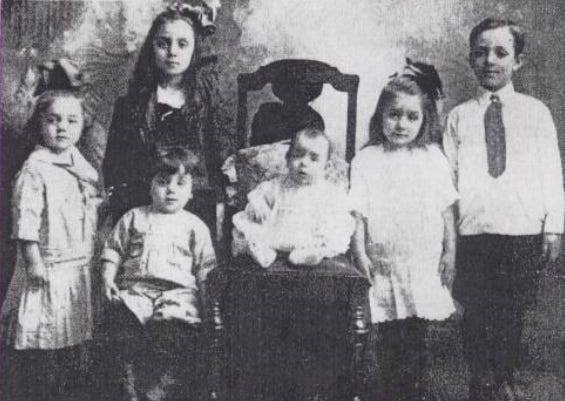
Born November 4, 1916 in Buffalo, New York, John Basilone was raised with nine other siblings by his parents Salvatore and Theadora (Dora) Basilone, first and second generation Italian immigrants respectively.
Most of John’s childhood was spent in Raritan, New Jersey where the family moved shortly after John was born. Here he attended a local catholic school and was remembered as a talkative pupil with not a very strong interest in education as his sister Phyllis would later retell. John subsequently left schooling altogether at the age of 15 to work as a golf caddy.
But it was a military career, not golf, that John had set his mind on. In 1934, at the age of 17 he enlisted in the U.S. Army. But not before pleading with his father Salvatore for parental consent due to his age, which was eventually given.
Following Army basic training he was assigned to Manila, Philippines. It was here where John took a keen interest in boxing. Eventually becoming a successful light-heavyweight and claiming an undefeated run of 19 wins, earning him the nickname ‘Manila John’. It was also in Manila, and more crucially, that John honed his craft in machine gun maintenance. A skill that would soon come to save his life and cement his name in history books.
Following a three year period of service, Basilone left the Army. Receiving an honourable discharge, he took up a position driving freight as a truck driver in Reisterstown, Maryland. But John’s keen interest in the military never left him.
Cometh The Hour, Cometh The Man
October 24, 1942. Guadalcanal, Pacific
As the U.S Marines make preparations to settle in for the night, alarming news comes in from Battalion HQ. Thousands of Japanese troops have been spotted nearby and are closing in to retake Guadalcanal’s airfield, now called Henderson Field. Just a single battalion of U.S Marines are in position to defend this strategic area of importance.
It’s been two years since John, sensing the probability of the America joining the escalating world conflict, left his trucking job to re-enlist in the military. This time with the U.S. Marines Corps.
After completing his basic training on U.S. soil, he was sent on to Guantánamo Bay, Cuba. It was there when John learned the news of the attack on Pearl Harbor, signalling America’s total involvement in the Second World War. Shortly after, Basilone was sent to join the 1st Battalion, 7th Marines in the Pacific Theatre.
The U.S. at its allies have now held Henderson Field on Guadalcanal for two months. The Japanese were caught off guard by the initial Allied offensive of the island and so far have been unsuccessful in attempting to retake it back. To date, Marines have made light work of various Japanese-led skirmishes and aerial bombardment. However, it’s no secret that the enemy has made the recapture of Guadalcanal a strategic priority - and tonight it is clear that they intend to overrun it by sheer numbers.
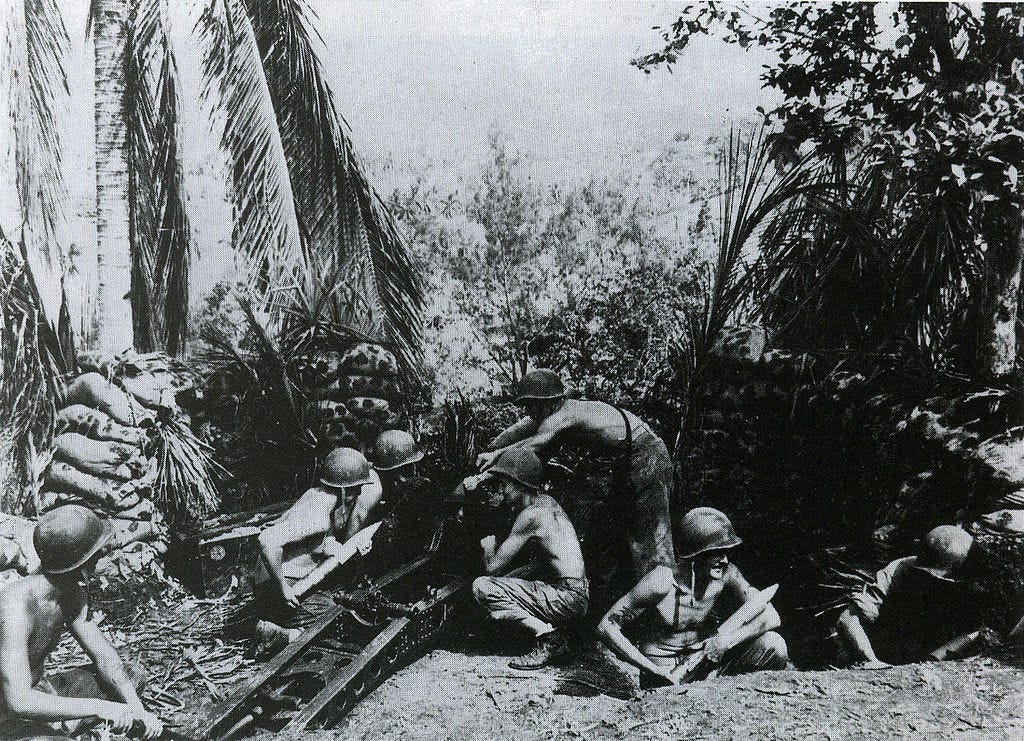
Under his command, John has 16 Marines. Divided between two heavy machine gun stations. Two ammunition dump stations are 300 and 600 yards away respectively. The mission is simple: defend the airfield. Any Japanese victory here would set the war effort back further in the Pacific.
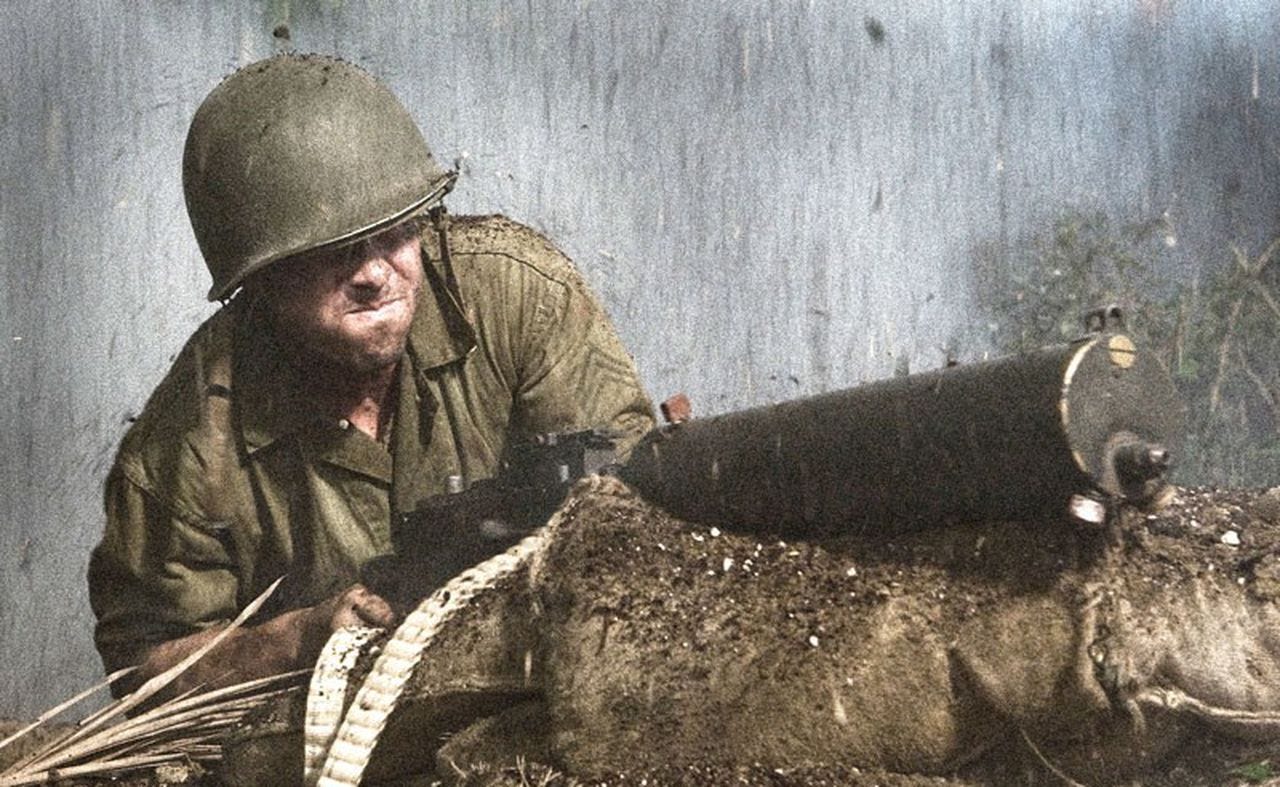
What follows over the period of two days is simply extraordinary. John’s two machine gun units, protecting a vital jungle corridor towards the airfield, come under waves of relentless Japanese attack. An estimated 3,000 enemy troops in total. John’s heroic actions are summarised succinctly in the following Medal of Honor citation:
The President of the United States in the name of The Congress takes pride in presenting the MEDAL OF HONOR to
SERGEANT
JOHN BASILONE
UNITED STATES MARINE CORPSFor service as set forth in the following CITATION:
For extraordinary heroism and conspicuous gallantry in action against enemy Japanese forces, above and beyond the call of duty, while serving with the 1st Battalion, 7th Marines, 1st Marine Division in the Lunga Area, Guadalcanal, Solomon Islands, on 24 and 25 October 1942. While the enemy was hammering at the Marines' defensive positions, Sgt. BASILONE, in charge of 2 sections of heavy machine guns, fought valiantly to check the savage and determined assault. In a fierce frontal attack with the Japanese blasting his guns with grenades and mortar fire, one of Sgt. BASILONE'S sections, with its gun crews, was put out of action, leaving only 2 men able to carry on. Moving an extra gun into position, he placed it in action, then, under continual fire, repaired another and personally manned it, gallantly holding his line until replacements arrived. A little later, with ammunition critically low and the supply lines cut off, Sgt. BASILONE, at great risk of his life and in the face of continued enemy attack, battled his way through hostile lines with urgently needed shells for his gunners, thereby contributing in large measure to the virtual annihilation of a Japanese regiment. His great personal valor and courageous initiative were in keeping with the highest traditions of the U.S. Naval Service.
FRANKLIN D. ROOSEVELT
First hand accounts paint a more vivid picture of John Basilone’s actions over those fateful days. At one point, John was left with only his pistol and a machete as he stood his ground until backup eventually arrived. His skill in repairing damaged machine guns (sometimes in total darkness) allowed the Marines defence to maintain their effectiveness.
Furthermore, Basilone’s physical resilience allowed him to carry up to six belts of heavy machine gun ammunition from up to 600 yards away while under fire.
By the time reinforcements discovered the scene, hundreds of Japanese troops lay dead and just 3 of the 16 Marines, including Basilone, were left alive.
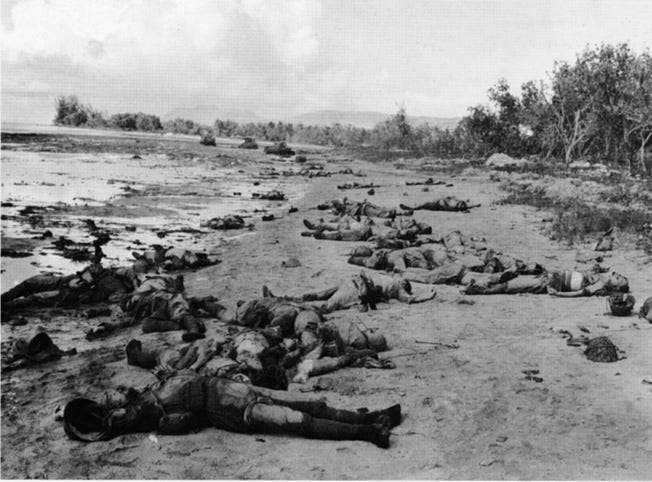
He would later remark of those fateful moments:
The enemy was climbing over their dead comrades and seemed eager to throw themselves in my line of fire. It was unbelievable that life could be so cheap - John Basilone
A Hero’s Welcome
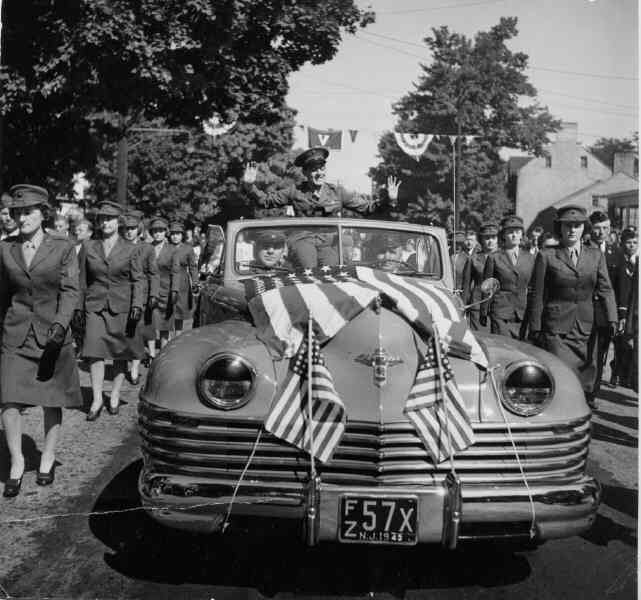
September 19, 1943. Raritan, New Jersey
Over 30,000 people have converged on the small town of Raritan, each one hoping to get a special glimpse of Medal of Honor recipient John Basilone.
John has been ordered back to the U.S. His new mission: increase the awareness of war bonds - a financial instrument crucial in financing America’s war effort. But first, Basilone has been granted two weeks leave to return home and town officials take full advantage to throw a parade in honour of their local son.
Parade day starts with a special mass service at local St. Ann’s Church. Surrounded by town officials and dignitaries, John asks the parish priest Father Robert Graham to dedicate the service in honour of his fellow servicemen still in Guadalcanal.
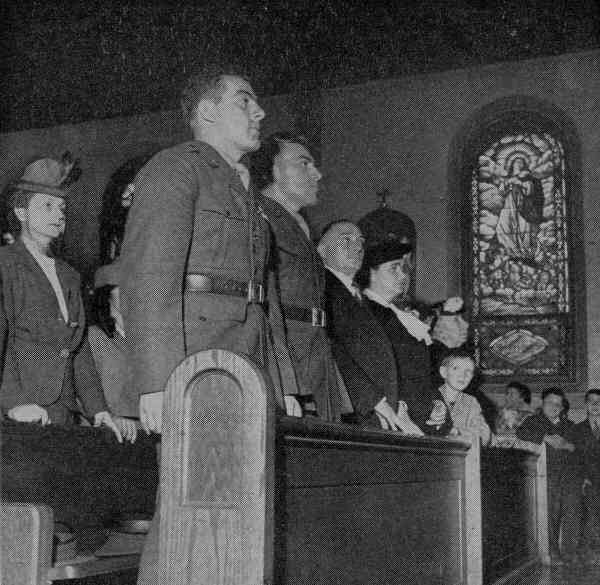
Then at 1pm the parade begins. The crowds are so large that the parade convoy has had to begin in nearby town of Somerville, heading in the direction of Raritan where it will finish.
John rides in an open car alongside his parents Salvatore and Dora. Also in the car is Private Stephen Helstowski, who fought alongside John at Guadalcanal and was injured, forcing his return to the United States. The atmosphere is immense and John takes time to shake the hands on countless admirers in attendance, many of whom hold signs and yell cries of ‘welcome home John’.
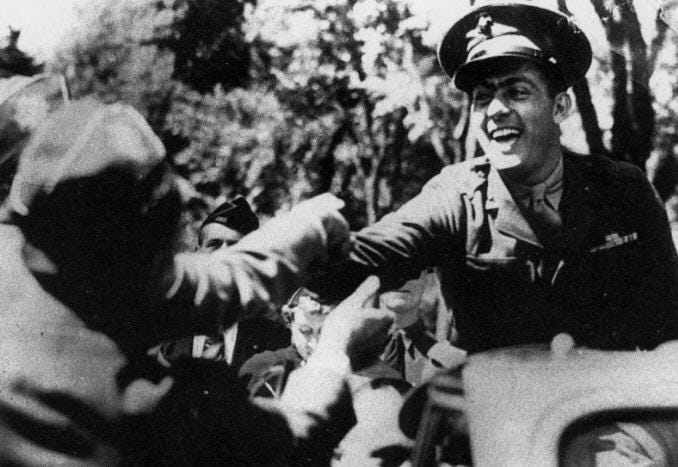
John, a humble man is overwhelmed by the homecoming. His speech to the parade is relatively short - it’s no surprise as his sense of duty has always been to remain on the frontline with his fellow Marines and back in the action.
As the months go by, Basilone is joined by celebrities across the United States as he attends numerous war bond rallies and speaking engagements. Amongst the activity, John has already had a request to re-join the frontline refused. Undeterred, he applies again and is this time finally approved. Although not before being offered more pay and a posting as a training instructor, all offers that John quickly rejects.
America’s Medal of Honor hero will be soon facing the Japanese again.
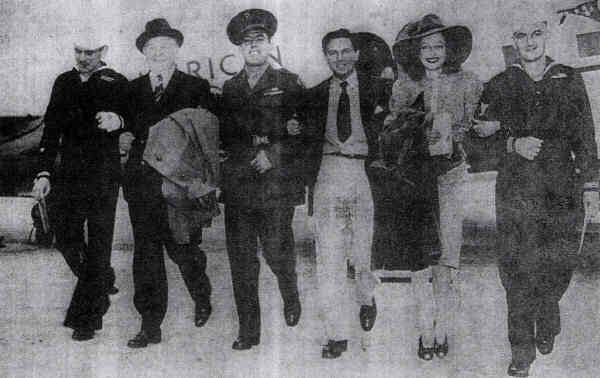
A Hero’s Ending
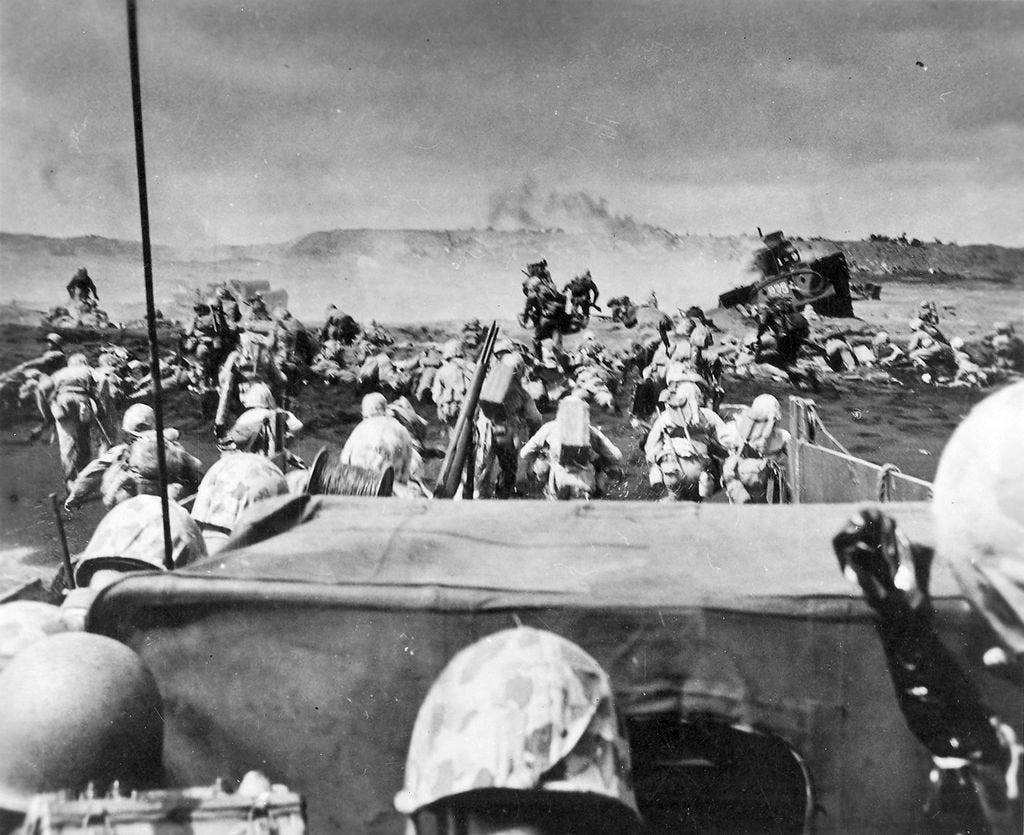
February 19th, 1945 - Iwo Jima, Pacific
The beach is crowded. Those Marines pinned down under relentless enemy fire are frozen, unable to move. There is little cover to take, Japanese machine guns have already cut down countless numbers and enemy artillery bombardment is fierce.
In an assault of similar style to the D-Day landings in Europe, which took place just months before, U.S. Marines have stormed a beach head with special water-landing craft. This time it is the sands of Iwo Jima, a tiny island in the North Pacific. It is a crucial speck of land that, if captured, will put America’s warplanes in touching distance of the main islands of Japan.
Japan has been on the retreat for months. However, the resistance by enemy forces seems even more determined. Reports are circulating of Japanese soldiers preparing to take their own lives rather than be captured alive. This intensity only grows stronger as the Allies push closer towards Japan’s homeland.
The U.S. Navy has been relentless in their bombardment of the Iwo Jima island. Even so, the island’s heavy defences and fortifications are still intact. Bunkers and hidden artillery positions remain connected by a network of tunnels for quick resupply and troop movement.
Newly married John is now on the beach. He has just several hours to live.
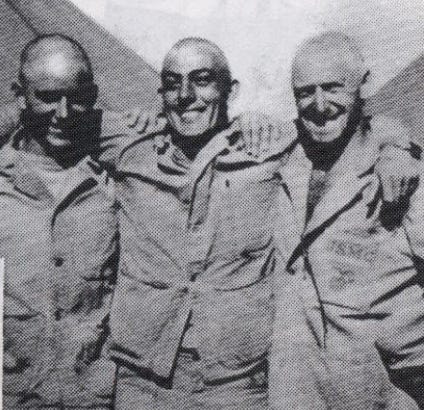
In fitting with his extraordinarily courage and selfless character, Basilone’s final actions on this earth can be summarised this time by his posthumous award for the Navy Cross:
The President of the United States takes pride in presenting the NAVY CROSS posthumously to
GUNNERY SERGEANT
JOHN BASILONE
UNITED STATES MARINE CORPSfor service as set forth in the following CITATION:
For extraordinary heroism while serving as a Leader of a Machine-Gun Section, Company C, 1st Battalion, 27th Marines, 5th Marine Division, in action against enemy Japanese forces on Iwo Jima in the Volcano Islands, 19 February 1945. Shrewdly gauging the tactical situation shortly after landing when his company's advance was held up by the concentrated fire of a heavily fortified Japanese blockhouse, Gunnery Sergeant BASILONE boldly defied the smashing bombardment of heavy caliber fire to work his way around the flank and up to a position directly on top of the blockhouse and then, attacking with grenades and demolitions, single handedly destroyed the entire hostile strong point and its defending garrison. Consistently daring and aggressive as he fought his way over the battle-torn beach and up the sloping, gun-studded terraces toward Airfield Number 1, he repeatedly exposed himself to the blasting fury of exploding shells and later in the day coolly proceeded to the aid of a friendly tank which had been trapped in an enemy mine field under intense mortar and artillery barrages, skillfully guiding the heavy vehicle over the hazardous terrain to safety, despite the overwhelming volume of hostile fire. In the forefront of the assault at all times, he pushed forward with dauntless courage and iron determination until, moving upon the edge of the airfield, he fell, instantly killed by a bursting mortar shell. Stouthearted and indomitable, Gunnery Sergeant BASILONE, by his intrepid initiative, outstanding skill, and valiant spirit of self-sacrifice in the face of the fanatic opposition, contributed materially to the advance of his company during the early critical period of the assault, and his unwavering devotion to duty throughout the bitter conflict was an inspiration to his comrades and reflects the highest credit upon Gunnery Sergeant BASILONE and the United States Naval Service. He gallantly gave his life in the service of his country.
For the President,
JAMES FORRESTAL
Secretary of the Navy
First hand accounts also paint a more detailed picture of Basilone’s heroics. Notably as a leader. For as well as removing a key Japanese bunker near the beach, he is said to have motivated those Marines around him, who were frozen to the sand, to keep moving forward. And most did, on the heels of John Basilone.
The Legacy of John Basilone
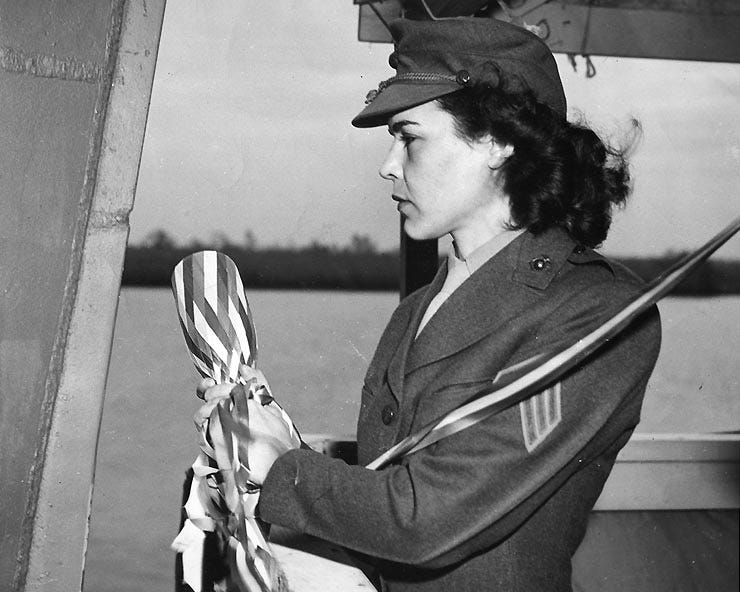
December 21, 1945. Orange, Texas
Lena Basilone, steps up to the ceremony platform to christen the hull (still under construction) of the U.S. Military’s latest destroyer, the USS Basilone. Now dedicated after the most decorated Marine to serve in WWII.
Only ten months ago, Lena stood outside the church in California on the arm of her new husband, their life in front of them.
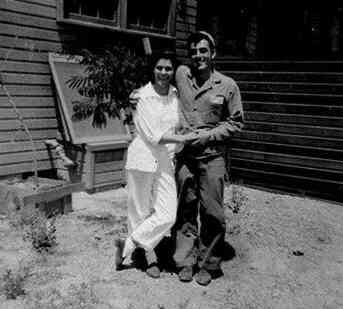
Now, John still lies buried on Iwo Jima island, next to 6,861 of his fellow U.S. Marines, Sailors and Soldiers. In three years from now his body will be moved to the U.S. and his final resting place, the Arlington National Cemetery, Virginia.
John’s home town of Raritan will go on to hold a parade in his honour every year. An event that still continues on to this day.
It is a fitting tribute to a local son who remains the only Marine to be awarded both the Medal of Honor and Navy Cross. He is also the only Marine to receive the Medal of Honor and then return to pay the ultimate price in combat.
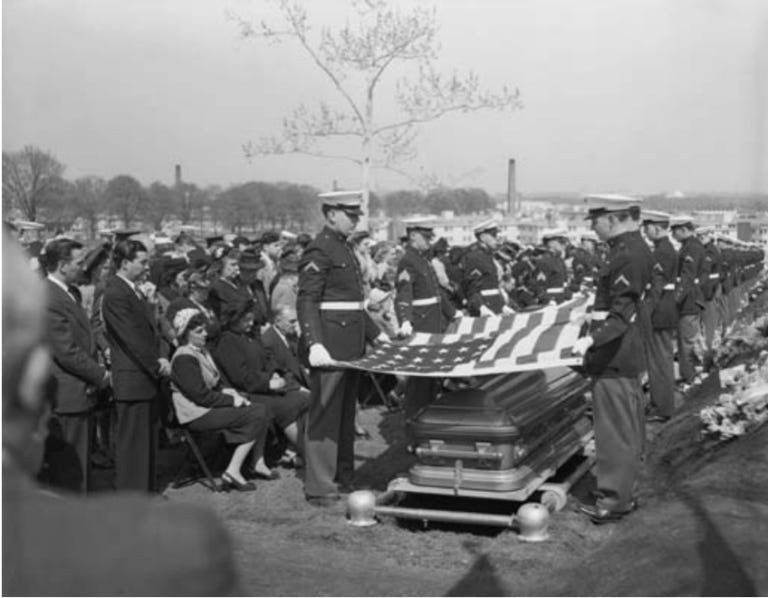
Sources
John Basilone - 1943 Welcome Home Parade (raritan-online.com)
Biography of Sgt. John Basilone – Buffalo Liberty Park (buffalomedalofhonorpark.com)
John Basilone - Wikipedia
Bruce W. Doorly - Raritan’s Hero, The John Basilone Story (book)
John Basilone Parade (johnbasiloneparade.com)
Sergeant John Basilone (marineparents.com)
Guadalcanal campaign & Battle of Iwo Jima - Wikipedia




